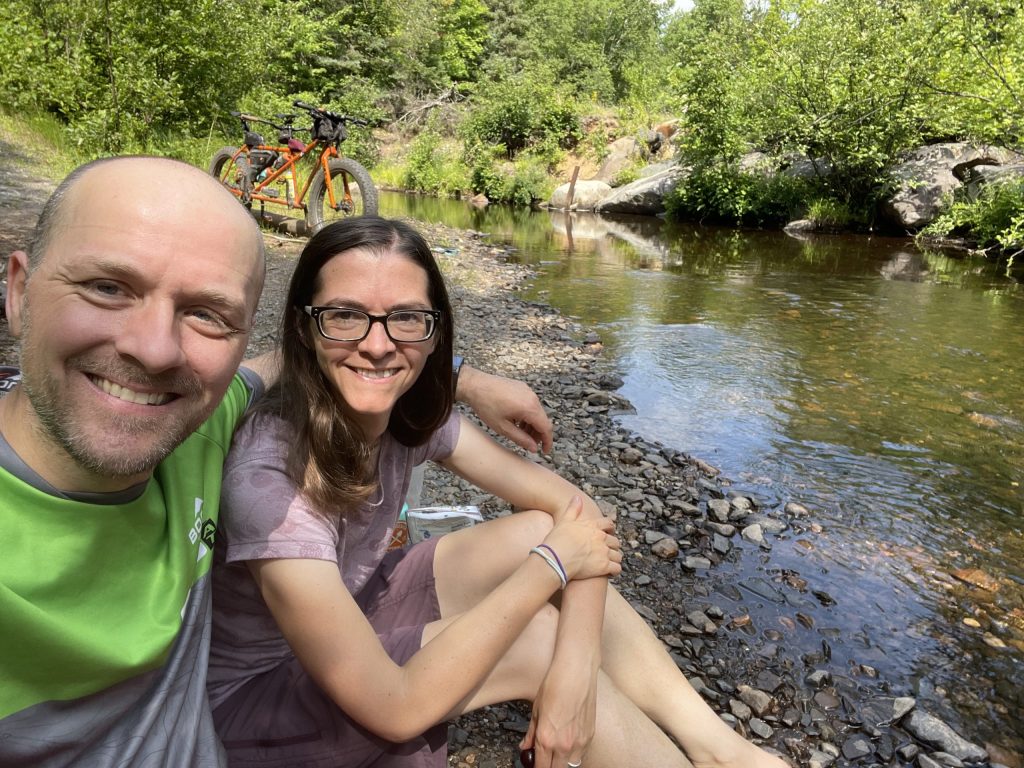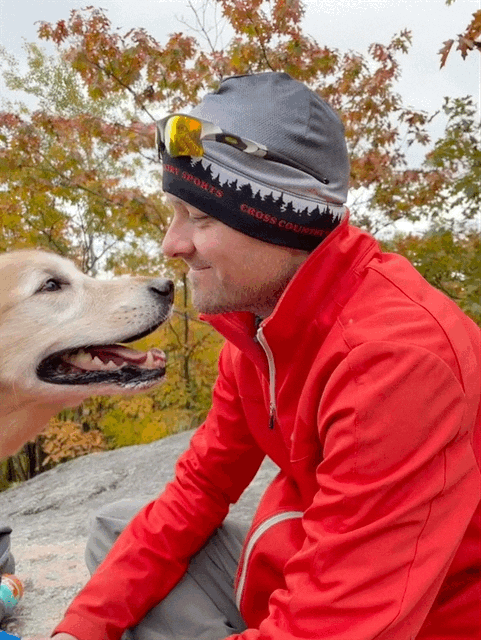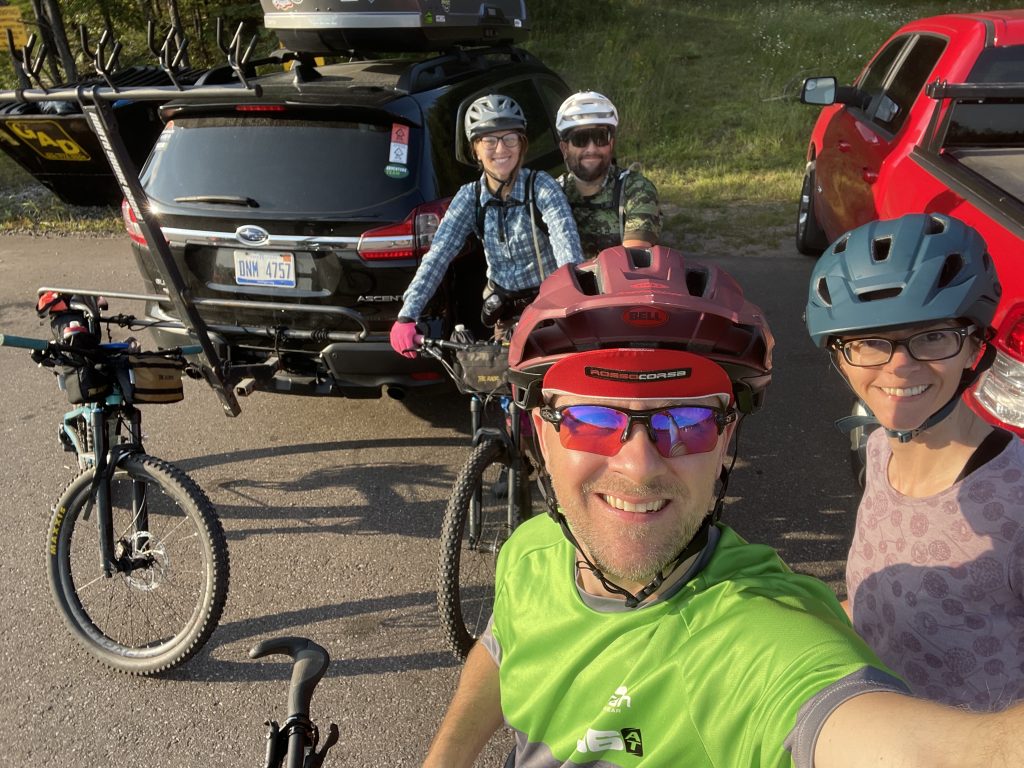
“Click. Click. Click. Click.” It’s a distinctive, satisfying sound when the bike shoe clips on to the pedal. Most of the time, though, we only need to hear two clicks to signal readiness for action and connection to the bike. For the Crusher EX, though, Ryan and I ride a tandem mountain bike from 616 Bicycle Fabrication. Our first Crusher (it was called the HAMR back in 2018) was a learning experience, and if you want to read about our journey to becoming tandem owners and the struggle-bus that was our 2018 HAMR, you can find the link to the Crusher blog that we wrote here : https://crushergravel.com/details/stories/doing-hard-things/
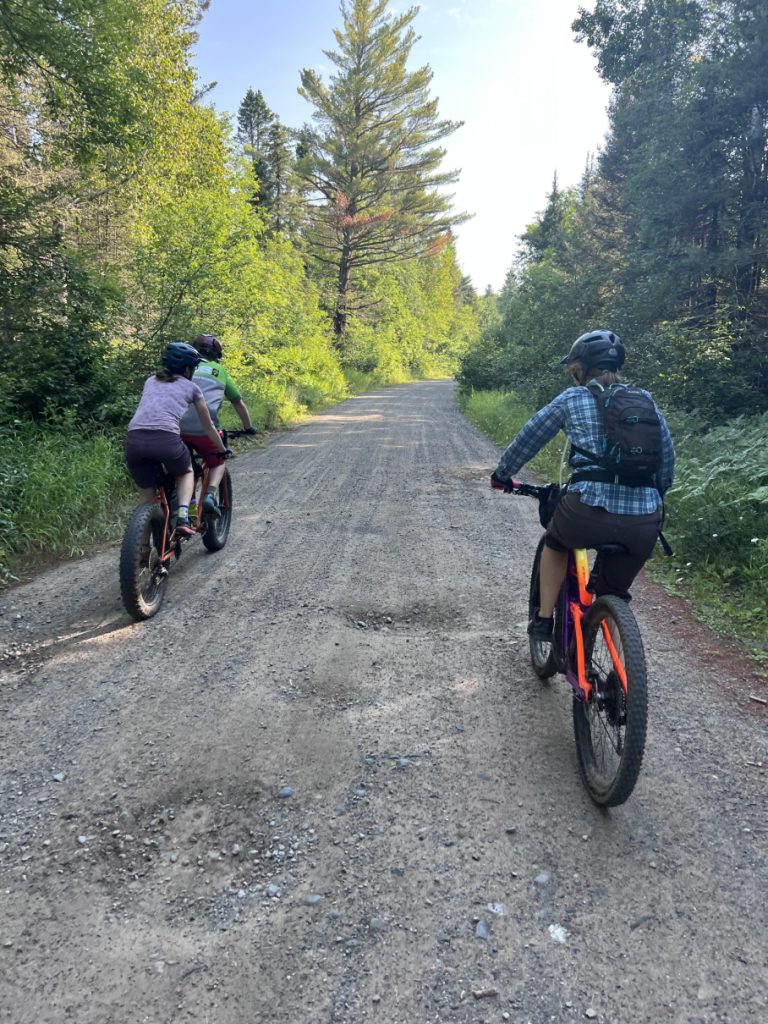
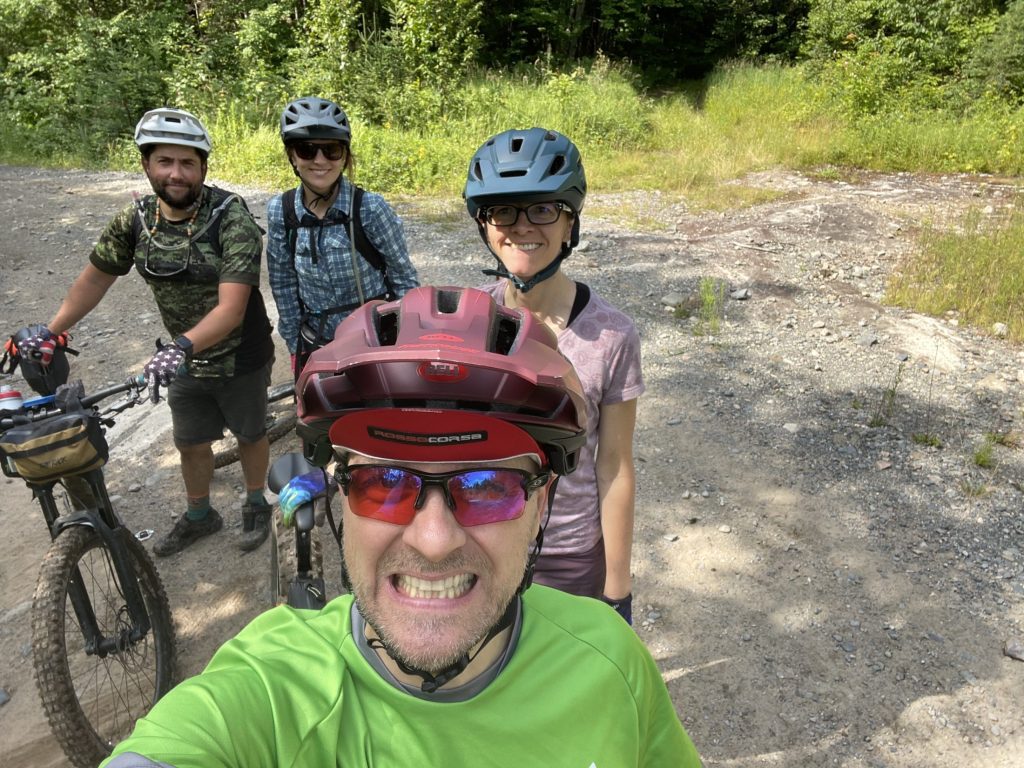
For 2022, we registered for the EX version of the Crusher 40 mile course. Through the years, we have run this race with a changing cast of characters, some of whom do this race exactly ONCE with us and then never bike with us again. However, Cara and Darren Bartle have stuck with us and we have become a team trekking through the UP wilderness. They joined us again this year as we rolled out on a cool Sunday morning from Koski Corners to start what we expected to be a 50 mile journey. It was a lovely morning, especially on the Peshekee Grade. The beauty of the UP never ceases to amaze us, and we feel lucky when we have the chance to get out and enjoy it.
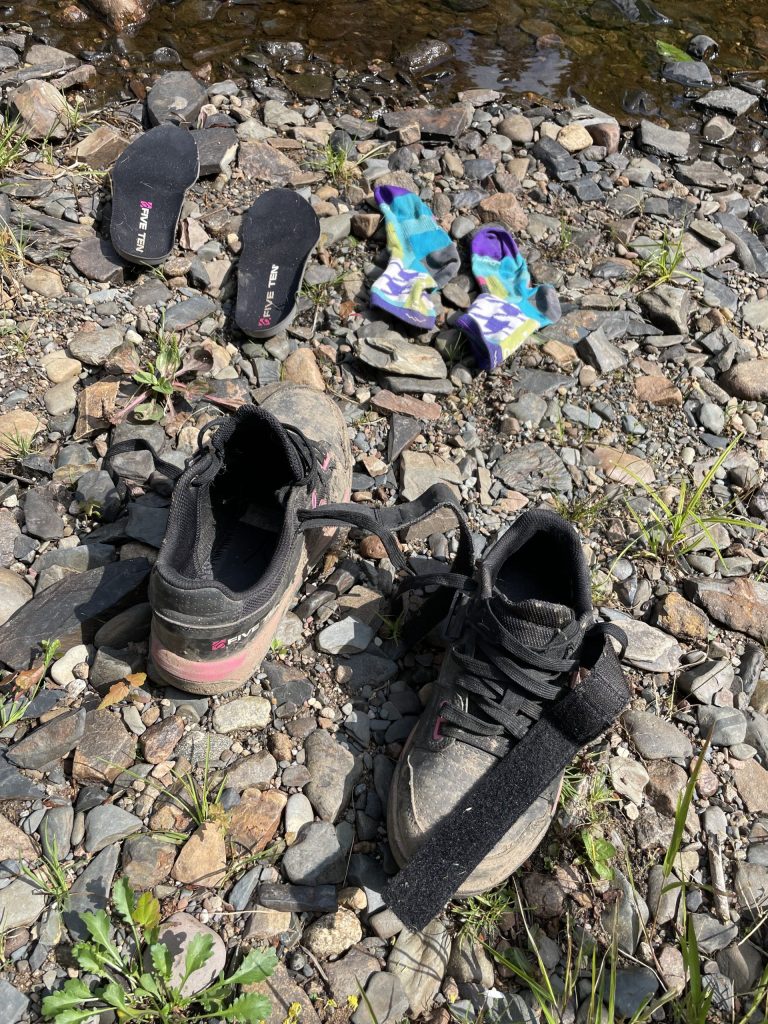
After the Peshekee, we settled into the gravel riding and the miles flew by. We’ve been on these roads many times now, and there is something satisfying about a remote gravel road in the middle of nowhere being “familiar.” We found ourselves on Snowmobile 5 through Wildcat Canyon, and rolled through the hills and swamps, looking for moose. We took a break at the Yellow Dog River, marveling at the low water levels. One couldn’t fall in the Yellow Dog this year. The heat was rising as we left the shoreline and headed up into the hill country that would bring us to Mosquito Gulch. Cara and Darren went ahead on their capable mountain bikes while Ryan pushed and pulled the tandem through the gulch. There was a breeze that kept the bugs down, and compared to previous years, the Gulch was a mild challenge. Or maybe we’ve been through it so many times that we aren’t surprised by it anymore?
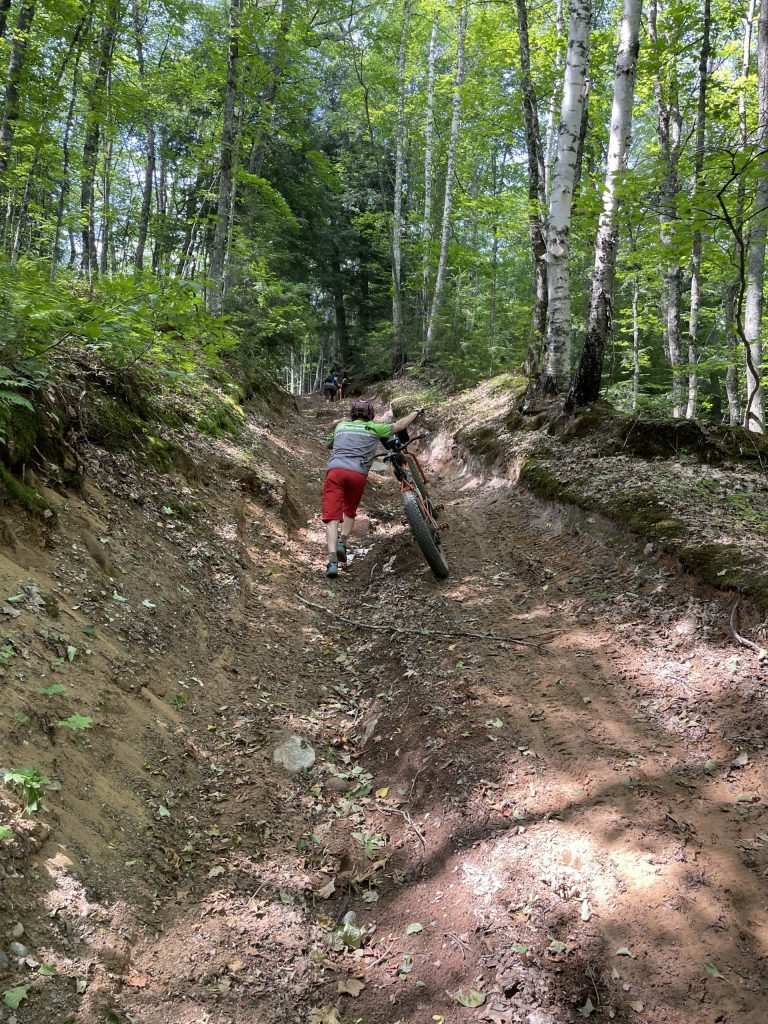
After the gulch, we came out on the Mulligan Plains, which is such a special place. It was hot and sunny and we were noticing our food reserves were going to be merely adequate at this rate. We stopped at the stump and I foraged handfuls of blueberries.

As with all things, riding a tandem gets easier with practice. If we had a montage of the “learning experiences” of the past 5 seasons, it would include burying the front tire in an enormous mud hole, falling into the Yellow Dog River, falling over going uphill many times, standing at the side of the trail yelling at each other about decisions made involving whether to ride or walk Mosquito Gulch, and resetting the chain innumerable times after dropping it. At the same time, we have learned how to communicate, read each other and read the bike. This year, 8+ hours in the saddle, and we had no “learning experiences”. No chain drops. We looked and felt like we did this thing every day. The drivetrain replacement from our friends at QuickStop bike shop didn’t hurt.
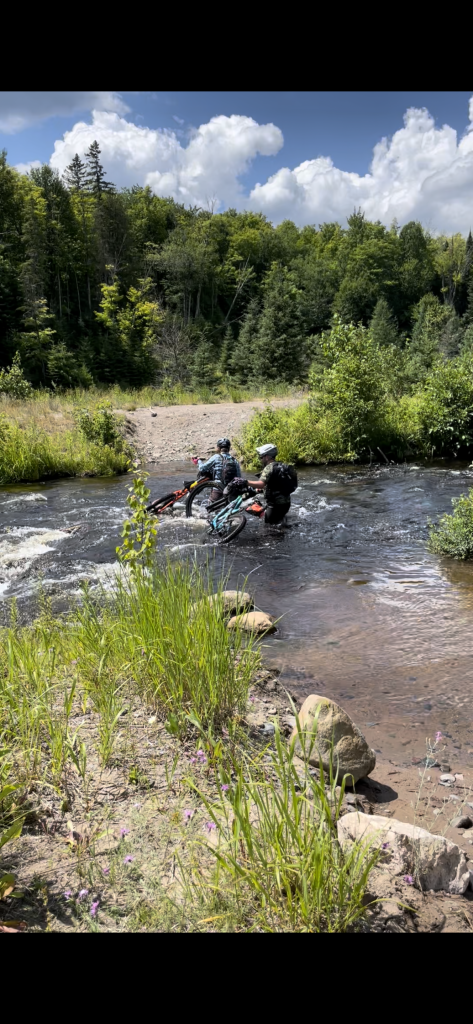
The Crusher is an annual reset for us. A day in the woods, working on our communication and having a common goal of accomplishing something hard.

